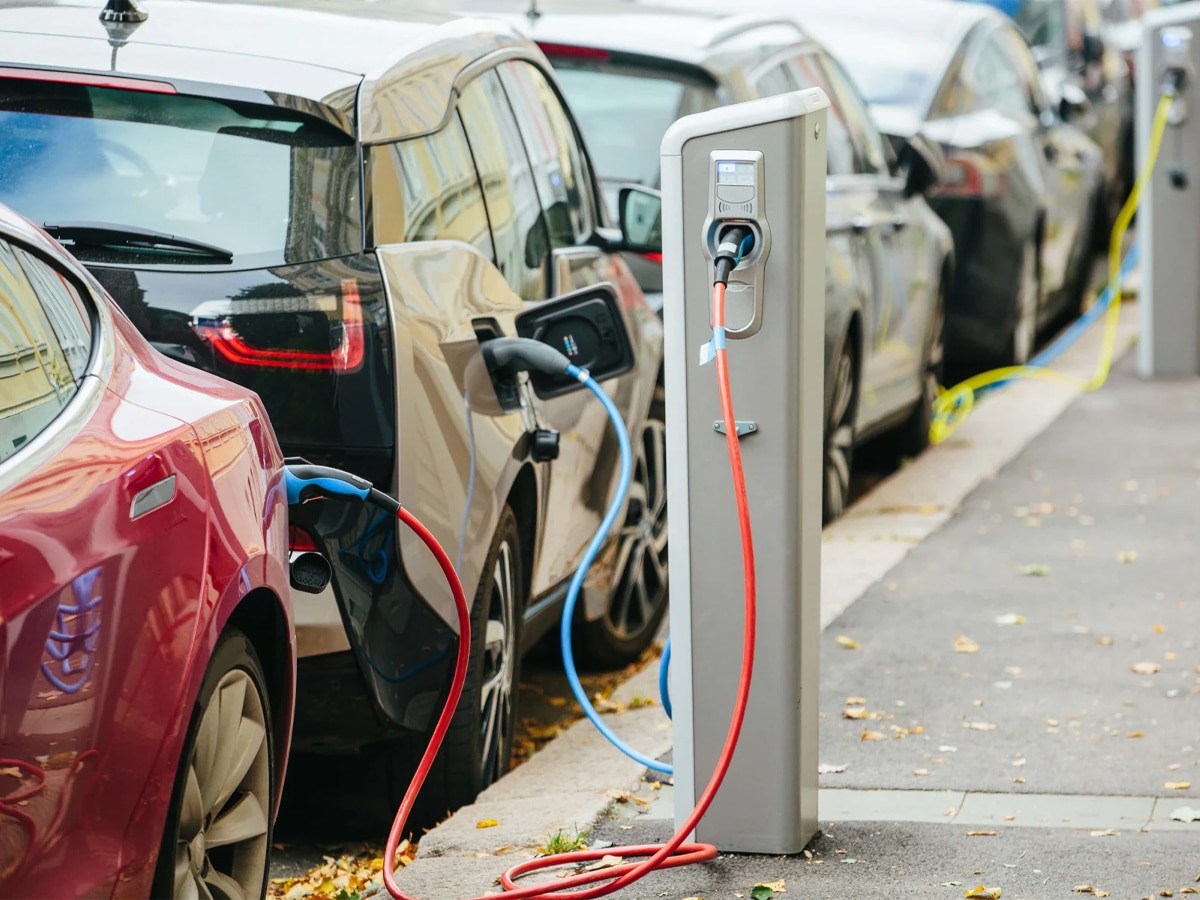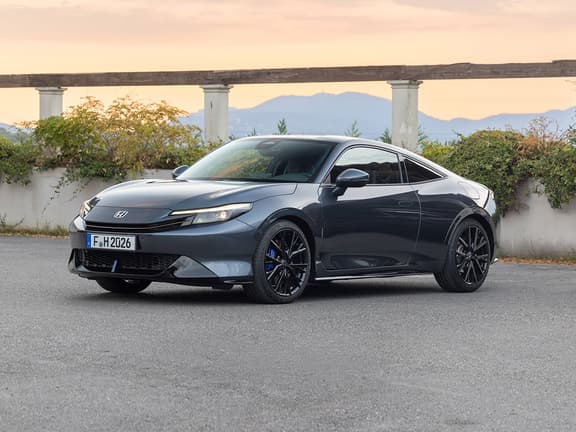Plug-in Hybrid Electric Vehicle (PHEV) sales are surging in Australia, up 137.4 per cent year-to-date with 42,797 vehicles sold. It’s a growing category – accounting for 24,922 of those sales – primarily driven by high-demand SUVs, such as the BYD Sealion 6. But new data suggests many of these vehicles are not being used as intended, raising concerns that PHEVs may be producing far higher emissions than official test claims, which could bring scrutiny to Australia’s New Vehicle Efficiency Standard.
PHEVs are often marketed as a practical stepping stone between petrol and fully electric vehicles. Charged overnight, they are supposed to run primarily on electric power, with a petrol engine acting as a backup for longer trips. But this only works in practice if drivers regularly plug them in.

Gap Between Lab Testing and Real-World Use Identified
New data from the International Council on Clean Transportation (ICCT) uncovered the dirty reality of PHEVs after analysing hundreds of thousands of plug-in hybrids in Europe.
They found that many of these vehicles are being driven on empty batteries, resulting in emissions three to five times higher than their official test results. This makes them no better than your average petrol car, and with the added weight, and more often than not, an inefficient petrol engine, the PHEVs pump out an average of 150g of CO₂ per kilometre. This isn’t much better than sporty hatchbacks like the VW Golf GTI, which manages a claimed 163g/km.
How This Effect is Felt in Australia
Where things may become particularly tricky in Australia is with our fleet market, which, according to a 2024 report from the Grattan Institute, accounts for a significant chunk of new car sales.
To make matters worse, many of these fleet owners do not have to pay for their own fuel, which provides no real incentive for PHEV owners to plug their cars in overnight if the pump is free.
Currently, it’s a fleet problem that could escalate into a national issue if we compare the results from Grattan with those from the ICCT. While Grattan assumes that PHEVs operate in electric mode about 80 per cent of the time through the 2030s, the ICCT suggests real-world usage is closer to 20 per cent. If true, that could add more than 100 million tonnes of CO₂ to our emissions between 2025 and 2050. To put that into perspective, it is roughly equivalent to the emissions of every car, ute, van, truck, and bus in the country.

The ‘Carbon Credit’ Policy Debate
With additional, somewhat unaccounted-for pollution on the table, it’s no wonder that PHEVs have become a focal point of policy debates, especially with the introduction of the New Vehicle Efficiency Standard (NVES). Currently, carmakers earn carbon credits for selling low-emission vehicles, which include some PHEVs that qualify for the standard.
Chief Executive of the Federal Chamber of Automotive Industries (FCAI), Tony Weber, argued at the launch of the NVES that the inclusion of PHEVs in the standard is necessary for drivers who are not yet ready to make the switch to EVs.
“There are now more than 100 electric vehicle (EV) models and more than 50 plug-in hybrids available to Australian consumers,” said Weber. “But supply is only part of the equation. Demand remains constrained by a lack of affordability, infrastructure and consumer confidence, factors that the Government must address if the NVES is to succeed.”
“The October results confirm that Australians are increasingly choosing hybrid and PHEV models as a practical path towards lower emissions,” Mr Weber said. “Petrol-only vehicles, on the other hand, continue to lose ground.”
Meanwhile, the Electric Vehicle Council holds the opposite opinion, arguing that the inclusion of PHEVs creates a loophole in the credit system, citing the discrepancy between real-world emissions and laboratory assumptions.

What We Can Learn from Overseas Changes
So, how do we bridge the gap between assumptions made in the lab and the reality on our roads? The Europeans are testing a new protocol, Euro 6e-bis, which aims to produce more realistic CO₂ figures for plug-in hybrids. They’ve already discovered that official emissions rose sharply for many car models, with some doubling or even tripling.
The model has been so effective already that the United Kingdom plans to adopt the standard from April 2026, highlighting just how important the transition to greener emissions is to governments worldwide, especially with older testing methods overstating PHEV performance and underestimating their environmental impact.
While Australia is separate from the regulatory setting in the UK and Europe, the introduction of NVES means it’s getting closer and closer to those overseas. It is clear that more testing is required to ensure we, too, are getting things right down under. As governments update their methods for measuring the emissions of PHEVs, we will need to reassess their role in our transition to green energy.
Plug-In Hybrids (PHEVs) FAQs
Under Australia’s New Vehicle Efficiency Standard (NVES), carmakers must meet an average emissions target across all vehicles they sell. Low-emission vehicles, like PHEVs and full EVs, have a lower official emissions rating. Selling them helps the carmaker offset the sales of higher-emitting vehicles (such as utes and large SUVs) and meet their target, thus earning “credits.”
‘Normal’ hybrids (like a Toyota RAV4) have a small battery that is charged by the petrol engine and through regenerative braking. A PHEV has a much larger, heavier battery designed to be charged from an external power source, typically via a plug, which is then used to power the wheels through an electric motor. If this heavy battery is empty, the petrol engine must work harder to move the car and lug around the dead weight of the battery, leading to worse fuel economy and higher emissions than a standard hybrid.
A standard hybrid electric vehicle (HEV) cannot be plugged in and typically only drives the wheels during vehicle start-up. On the other hand, plug-in hybrid (PHEV) vehicles have a larger battery that is charged via an external plug and can (in theory) drive 50-160 km on pure electric power before the petrol engine is needed.



































Comments
We love hearing from you. or to leave a comment.